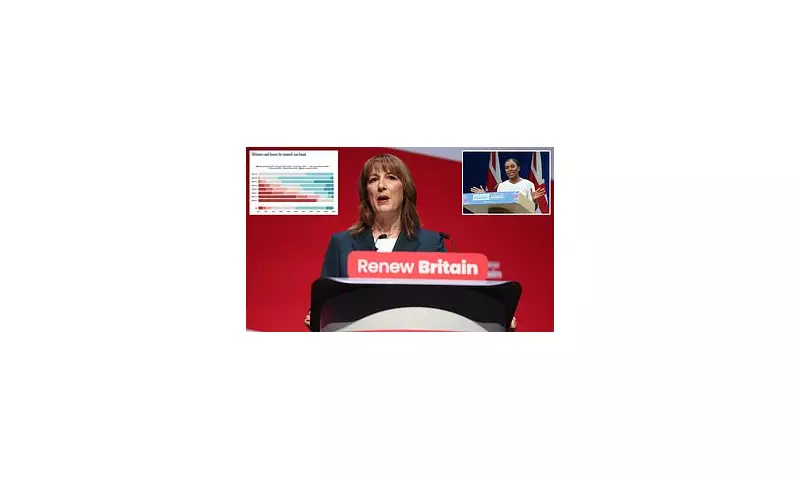
Chancellor Rachel Reeves is poised to unleash a dramatic overhaul of Britain's property tax system this autumn, with wealthy homeowners facing significant increases in stamp duty on high-value properties.
The £2 Million Threshold
According to Treasury insiders, properties valued at more than £2 million are likely to bear the brunt of the changes, as Labour seeks to generate additional revenue while maintaining their pledge not to increase income tax, National Insurance, or VAT for ordinary workers.
Political Battle Lines Drawn
The proposed reforms have already ignited fierce political debate, with Conservative MPs branding it a "stealth mansion tax" that could destabilise the property market and penalise successful homeowners.
One senior Tory source warned: "This is exactly the kind of punitive taxation we feared from Labour. They're targeting aspiration and success under the guise of fairness."
What's Driving the Changes?
- Government need for additional revenue streams
- Labour's commitment to avoid taxing "working people"
- Pressure to fund public services without breaking fiscal rules
- Addressing wealth inequality through property taxation
Market Implications
Property experts are warning that the changes could create a significant slowdown in the premium property market, particularly in London and the Southeast where £2 million-plus homes are more common.
"The timing is crucial," noted one industry analyst. "We're already seeing uncertainty in the high-end market, and this could accelerate price adjustments at the top tier."
What Happens Next?
All eyes will be on the Autumn Statement, where Rachel Reeves is expected to outline the full extent of the stamp duty reforms. The Chancellor faces a delicate balancing act between generating much-needed revenue and avoiding accusations of waging class warfare through the tax system.
The property industry is bracing for impact, with many expecting the changes to create a two-tier market and potentially reshape luxury property ownership in Britain for years to come.





